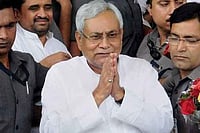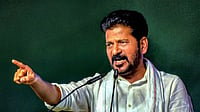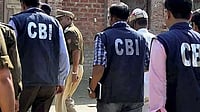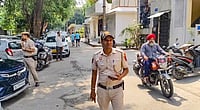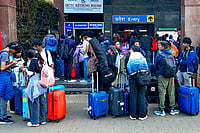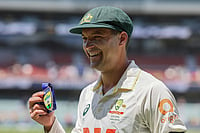Besides the detailed constituency results of all assembly and Lok Sabha elections held since the formation of the Indian Republic, India Decides provides useful state-wise census data about the caste composition, sex ratio, age, sex and literacy figures. The comparison of infant mortality rate, for instance, between 1981, when the all-India figure was as high as 934, and 1992, when it had come down to 79, is not what one would have expected in an election handbook. Why, it even provides a state-wise ratio of number of persons per registered doctors, hospitals/dispensaries and hospital beds. With such diverse data, India Decides has been turned into much more than a mere handbook on Indian elections. In addition to the table of figures pertaining to election data, the publishers have also provided excellent charts detailing the various splits in the Congress since 1952, as well as the rather complex denouement of the Janata Party and the BJP since 1977.
Timed as it is, just before the general elections, the book is bound to find many takers. It can be safely recommended as a must for media organisations, political parties as well as marketing and polling agencies. The authors, David Butler, Ashok Lahiri and Prannoy Roy, are all proven psephologists and have teamed up well to cover almost all possible aspects of elections in India.















